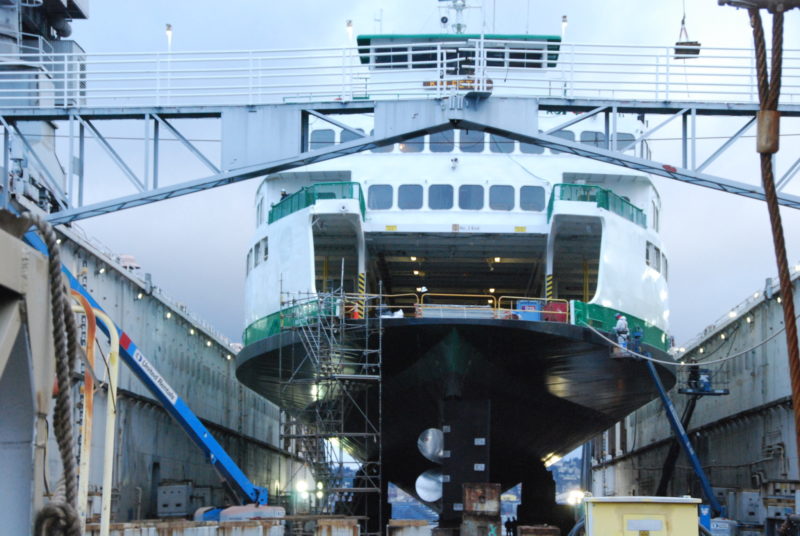For U.S. shipyards, staying nimble means meeting construction and technological challenges, diversifying and gauging vessel market demand.
They must "work around the fact that essentially everything we do is one-off,” Frank Foti, CEO of Vigor Industrial, said at the International WorkBoat Show in New Orleans Thursday. He visited a Japanese yard where “even the polite Japanese could not help but laugh at our costs.” They have critical mass building one thing. “It’s a completely different model; their cost is way less, but their quality is not better.”

Frank Foti of Vigor Industrial.
Globally, “we are competing against yards that are backed by the government,” said Chris Vaccari, senior vice president, Gulf Island Shipyards LLC. While costs compared to Europe are pretty close and Asian labor costs are rising, when it comes to quality, U.S. yards do as good a job if not better.
While they’ve seen technological improvements in steel fabrication, “the challenge is more in the planning and engineering phase, because of the complexity of the vessels we’re building,” Vaccari said. “We’re going to have to reconsider some of the crafts we’ve outsourced and bring them back in.”
Vigor's "looking for ways to use automation to make one-offs better,” Foti said.
Both yards are diversifying. Gulf Island, for example, is building jackets for windmills. Vigor builds specialty cranes for Boeing to paint planes.
And both see demand for moving more people by boat. “The transportation sector is where a lot of our focus is and needs to be,” whether it’s cargo or people, Vaccari said. Wind farm construction also is a promising long-term prospect.

Chris Vacarri of Gulf Island Shipyards.
Would they consider building on spec? “In most cases, no,” Foti said, but possibly with a long-term investor “who’s got a greater concern for the environment than how fast they’ll get their money back."
“Been there, done that, wouldn’t do it again,” Vaccari said.





